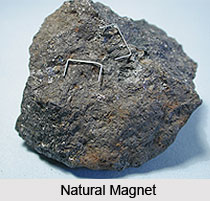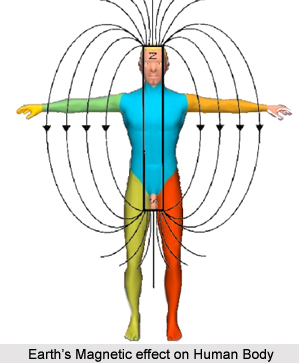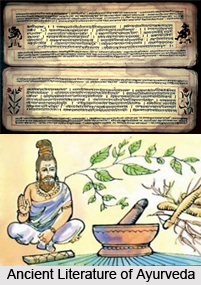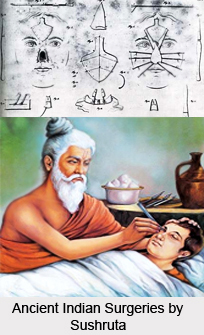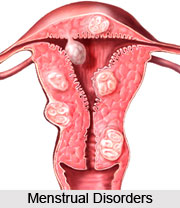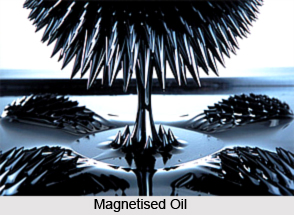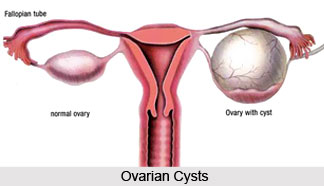 Causes of Ovarian tumours and cysts are various. Multiple functional cysts can occur as a result of extreme gonadotropin stimulation or sensitivity. In gestational hydatidiform mole and choriocarcinoma and rarely in multiple or diabetic pregnancy, hCG is the stimulating gonadotropin. The condition is called hyperreactio luteinalis. Patients are treated for infertility by ovulation induction with gonadotropins or other agents, such as clomiphene citrate or letrozole, may develop multiple ovarian tumours and cysts as part of ovarian hyperstimulation syndrome. Tamoxifen can cause benign functional ovarian cysts that usually decide following discontinuation of treatment. Causes of Ovarian tumours and cysts also include strong family history, advancing age, nulliparity, white race, infertility, a history of breast cancer, and BRCA gene mutations.
Causes of Ovarian tumours and cysts are various. Multiple functional cysts can occur as a result of extreme gonadotropin stimulation or sensitivity. In gestational hydatidiform mole and choriocarcinoma and rarely in multiple or diabetic pregnancy, hCG is the stimulating gonadotropin. The condition is called hyperreactio luteinalis. Patients are treated for infertility by ovulation induction with gonadotropins or other agents, such as clomiphene citrate or letrozole, may develop multiple ovarian tumours and cysts as part of ovarian hyperstimulation syndrome. Tamoxifen can cause benign functional ovarian cysts that usually decide following discontinuation of treatment. Causes of Ovarian tumours and cysts also include strong family history, advancing age, nulliparity, white race, infertility, a history of breast cancer, and BRCA gene mutations.
Endometriosis is a difficult condition to diagnose, often starting with no symptoms or only mild symptoms. Symptoms may include abdominal pain, period pain, heavy periods, infertility, and many other symptoms of endometriosis. Symptoms are often recurring because of the locations of the tissue and the dislocated uterine tissue may also inappropriately respond to hormone cycles. Once symptoms appear, endometriosis is often wrongly diagnosed as other conditions such as IBS, cystitis or pelvic inflammatory disease.
Polycystic ovary syndrome is a disease of the ovaries in women that has various impacts on female hormones. As the name suggests, frequent cysts on the ovaries cause the disease. Ovarian cysts form for numerous reasons. The most common type is a follicular cyst, which results from the growth of a follicle. A follicle is the standard fluid-filled sac that contains an egg. Follicular ovarian tumours and cysts form when the follicle grows larger than normal during the menstrual cycle and does not unwrap to release the egg. Usually, follicular cysts resolve instinctively over the course of days to months. Cysts can contain blood (hemorrhagic cysts) from injury or seepage of tiny blood vessels into the egg sac.
Another type of ovarian cyst that is related to the menstrual cycle is a corpus luteum cyst. The corpus luteum is a region of tissue within the ovary that is formed after an egg has been released from a follicle. If a pregnancy does not occur, the corpus luteum usually breaks down and disappears. It may, however, fill with fluid or blood and persist on the ovary. Usually, this cyst is found on only one side and produces no symptoms. Very often, the tissues of the ovary develop abnormally to form other body tissues such as hair or teeth. Ovarian tumours and cysts with these irregular tissues are called benevolent cystic teratomas or dermoid cysts.
Endometriosis is a situation in which cells normally grow inside the uterus (womb), instead of growing outside the uterus. When endometriosis involves the ovary, the area of endometrial tissue may grow eventually and bleed over time, forming a brown-colored cystic area sometimes referred to as a chocolate cyst or endometrioma. Both benevolent and malignant tumors of the ovary may also contain cysts. Furthermore, the condition known as polycystic ovarian syndrome is characterized by the presence of multiple ovarian tumours and cysts within both ovaries.





